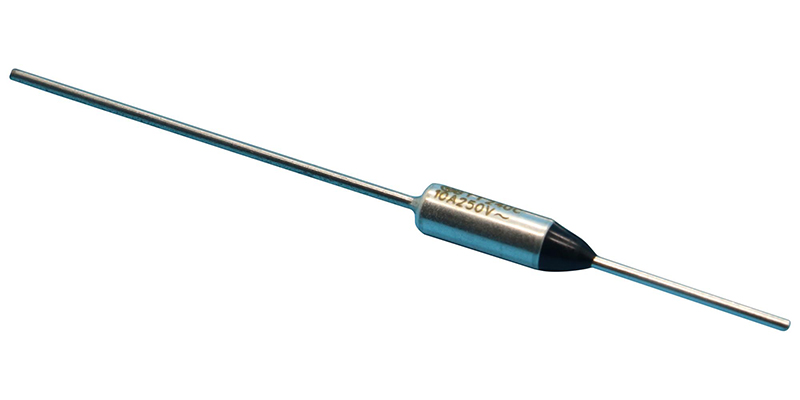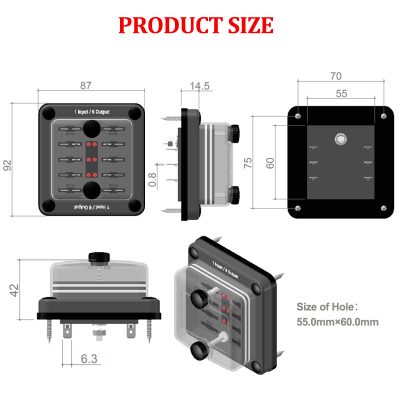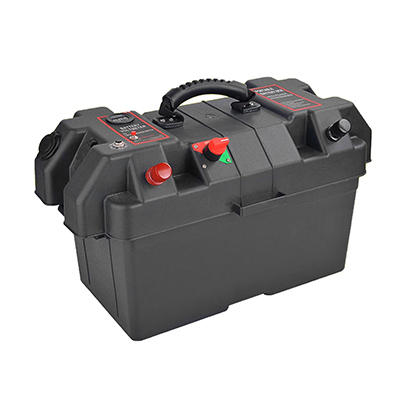Current Fuses for Protecting Heating Elements in Automotive Seat Heating Systems and Their Essential Functions
News 2025-10-24
In automotive engineering, current fuses are crucial for safeguarding components like those in car seat heating systems. They act as automatic switches that break the circuit during overcurrent events, preventing damage to heating elements and reducing risks of fire or malfunction. This protection is key in ensuring the dependable operation of comfort features in vehicles, where electrical systems must handle varying loads safely and efficiently.

Application Scenarios
Car seat heating systems enhance driver and passenger comfort, especially in cold climates, and current fuses play a vital role in diverse settings. For instance, they protect elements in electric vehicles during high-power demands or in standard cars with multiple heated seats. These fuses adapt to different vehicle types and usage patterns, such as long drives or quick warm-ups, maintaining system integrity under real-world conditions.
Performance Advantages
Current fuses excel in automotive applications due to their fast response to electrical faults, which limits heat buildup in heating elements. Constructed for durability, they resist vibrations and temperature extremes common in vehicles, while their precise current-handling capabilities improve energy use and reduce wear. This reliability supports longer system life and lower maintenance costs, making them a smart choice for modern automotive design.
Frequently Asked Questions
1. What is the common current rating for car seat heating fuses?
Answers typically range from 5 to 15 amperes, based on the system’s power needs.
2. How can I check if a fuse in the seat heating system is faulty?
Inspect for a broken wire or use a multimeter to test continuity.
3. Why might a fuse in a car seat heater blow frequently?
It could indicate an underlying issue like a short circuit; professional inspection is recommended.


